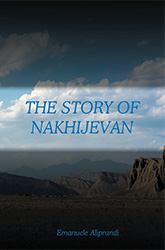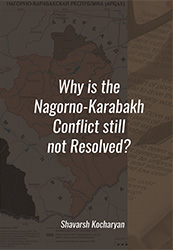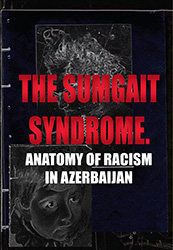Monumental loss: Azerbaijan and ‘the worst cultural genocide of the 21st century’
By Dale Berning Sawa
A damning new report details an attempted erasure by Azerbaijan of its Armenian cultural heritage, including the destruction of tens of thousands of Unesco-protected ancient stone carvings
The 21st century’s most extensive campaign of cultural cleansing to date may not have happened in Syria, as you might assume, but a largely ignored part of the Transcaucasian plateau.
According to a lengthy report published in the art journal Hyperallergic in February, the Azerbaijani government has, over the past 30 years, been engaging in a systematic erasure of the country’s historic Armenian heritage. This official, albeit covert, destruction of cultural and religious artefacts exceeds Islamic State’s self-promotional dynamiting of Palmyra, according to the report’s authors, Simon Maghakyan and Sarah Pickman.
read more














